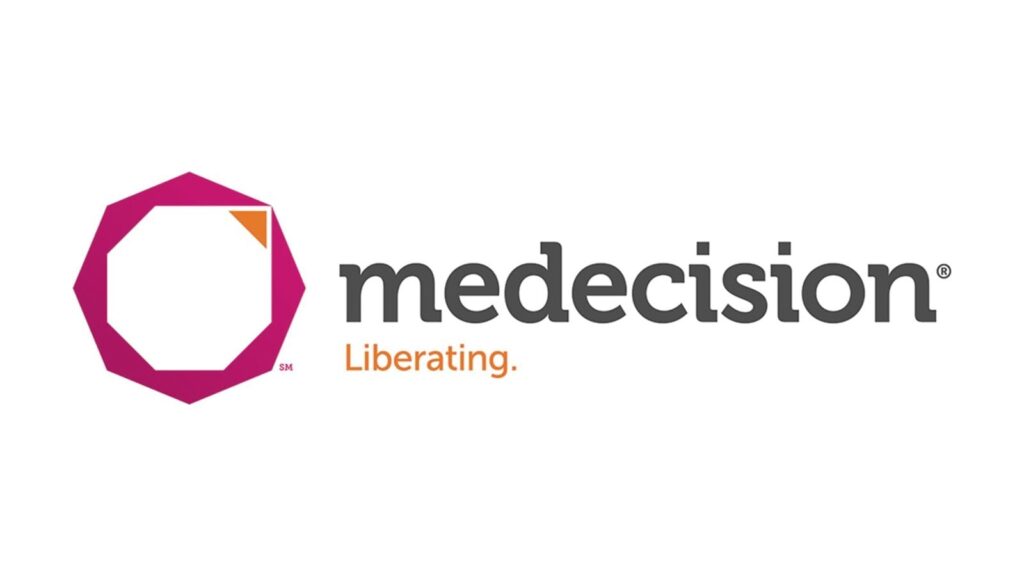
Jane Sarasohn-Kahn explores the importance of embracing an ESG policy in healthcare.
By Jane Sarasohn-Kahn, MA, MHSA
There is a growing call for climate change, equity and corporate responsibility on both Wall Street and Main Street, from the investment community to the healthcare community, and among environmentalists and everyday people.
One form in which this is manifesting is companies developing ESG policies—covering Environmental, Social and Governance pillars. ESG reporting is proliferating across all sectors of the economy, including healthcare. Standard & Poors (S&P), Moody’s and Fitch Ratings have all incorporated ESG evaluations in their credit ratings of companies, which directly impact a company’s access to capital financing. As such, the ratings can materially (potentially negatively) impact an organization’s operations and strategic plans.
In this article, we discuss what ESG is and the importance of embracing an ESG policy in healthcare. Plus, we’ll share ESG reporting examples and ways some companies are benefitting from putting ESG standards in place.
The Environmental Track of ESG
The “E” in ESG covers environmental issues—and gets a lot of attention in the form of climate change. A recent report from Deloitte explains why climate resilience will be a key to building the healthcare organization of the future.
“Climate change endangers life on every continent, universally exacerbating a host of health conditions and damaging the essential drivers of our overall health and wellness,” Deloitte’s report asserts.
The climate risks of wildfires, rising sea levels, extreme heat, air pollution and drought combine to worsen health impacts for respiratory conditions, infectious diseases, neurological issues, gastrointestinal problems, and multisystem health issues such as heart attacks and stroke, as recently detailed in an initiative announced by The Commonwealth Fund.
ESG Policy in Healthcare
At the 26th annual UN climate change conference (COP26) held in Glasgow in November 2021, the health program argued for inclusion of health professionals to join in the climate change movement on a global level in addition to building climate resilient and low-carbon sustainable health systems.
In March, hospital administrators and members of the public gathered for the second annual “Sustainability in Healthcare” symposium hosted by the Yale School of Public Health and the Yale Center for Business and the Environment. This year’s focus was on achieving net zero emissions within the healthcare sector. Keynote speakers included Admiral Rachel Levine, MD, current assistant secretary of health for the U.S. Department of Health and Human Services, and Dr. Lee Fleisher, MD, chief medical officer and director of the Center for Clinical Standards and Quality at the Centers for Medicare & Medicaid Services.
“The healthcare sector is a major emitter of greenhouse gases and other pollutants, against the mission to first, do no harm,” the promotional materials for the symposium asserted. “Healthcare organizations and professionals should be leading efforts to rapidly transition society to a sustainable economy, and the window for action is tightening while the threat to human health increases by the day. Even in the midst of the pandemic, we cannot afford to handle one crisis at a time. Fortunately, many of the opportunities and solutions to the COVID-19 and climate crisis are the same.”
The Social Track of ESG
The “S” of ESG is the social track, considering human rights, supply chain management and social impacts emanating from the business operation.
In an early “report card” on ESG in healthcare, S&P observed that social factors were top considerations in the company’s ESG reviews due to rising costs of care, access and safety risks that can all impact credit quality. In its assessment of healthcare’s social risk exposure, S&P called out the fact that, “while many of the(se) treatments, products, and drugs can benefit society, they can also be costly to the government or taxpayers, payers, and consumers.”
This speaks to the stark realities the pandemic revealed and clarified: the long-standing problem of health disparities in America, as well as the epidemic of mental and behavioral health across socioeconomic strata.
One social factor that disproportionately impacts public health underpinning health disparities is digital exclusion, the importance of “techquity”—or technology equity. Without access to the internet, people cannot access the growing options of “digital front doors” to health services (including mental health supports that grew quickly via virtual platforms during the pandemic). A recent perspective in The New England Journal of Medicine explains the crucial role of digital inclusion in healthcare and how digital infrastructure initiatives embedded in the recently enacted Infrastructure Investment and Jobs Act (IIJA) could enable greater digital inclusion.
The Governance Track of ESG
In addition to cost, access and safety issues, S&P also raised data protection, privacy and security as key social risks for the healthcare industry. Data protection is one issue that can segue us to “G”—the governance lens.
Governance is concerned with how an organization acts in the best interests of its stakeholders, which can include shareholder investors with a financial interest in the company, along with customers, employees and the community in which the company operates. Governance also addresses safety and regulatory compliance, cyber-preparedness, compensation and pay equity, and Board and C-suite diversity. In healthcare, fraud and ethics violations can result in costly lawsuits, fines, and damage to reputations.
Healthcare industry stakeholders have begun to address aspects of each of the three pillars of ESG: programs to bolster health equity, diversity and inclusion in clinical trials and on corporate boards, digital inclusion and broadband access (in shorthand, “techquity”), and environmental sustainability.
Communicating ESG Policy in Healthcare
Some prominent organizations spanning the healthcare ecosystem have published reports to communicate their ESG efforts to their audiences: the investment community to be sure, but employees, community leaders, and consumers and patients as well. These publications shed light on the many facets of ESG by health insurance plans, retail pharmacy, health systems, digital health, pharmaceutical companies and medical supply distributors. Here’s a short list of report links from some leading ESG examples in healthcare, representing different industry segments:
- AmerisourceBergen ESG report
- CVS Health ESG report
- CIGNA Corporate Responsibility Report
- J&J’s list of ESG policies and positions
- Kaiser Permanente environmental stewardship
- Merck ESG report
- Novartis ESG portal
- Philips ESG portal
- UnitedHealth Group sustainability portal
- Walgreen ESG report
Examples of ESG Principles
ESG isn’t just for for-profit entities. A review of a recent financing deal by SSM Health illustrates how this faith-based health system embeds ESG principles in its operations. A few of the healthcare providers’ ESG-related highlights included:
- Offering telehealth and specialty screenings for lower-income and uninsured patients to promote health equity
- Diversity and inclusion and health equity efforts, joining the “We Are Called” pledge of the Catholic Health Association
- Environmental efforts such as reducing energy use at all hospitals, who are accountable for Energy Star benchmark improvements (interestingly, a priority dating back to the Franciscan Sisters founders), and
- Cofounding Civica with other health systems to manufacture and distribute low-cost insulin, addressing prescription drug affordability.
ESG Reporting Across the Healthcare Industry
The expanding recognition of the importance of ESG reporting across the healthcare industry prompted John Godfrey, corporate affairs director of Legal & General, to assert that an “H” for health should be added to the three-letter acronym for ESHG.
An intimately related acronym here is SDoH (social determinants of health), the drivers of well-being beyond medical care. The ESG pillars directly shape the “H” of people, all health citizens. The risk factors of climate change and environmental hazards, social unrest and inequities, and governance abuses disproportionately affect the health and well-being of historically under-resourced communities.
See Medecision’s infographic “Addressing Social Determinants of Health” here.
As the SSM Health role modeling shows us, every healthcare industry stakeholder can commit to ESG efforts based on their mission, scale and market.
A Refreshing Example of ESG Policy
Healthcare can also learn about ESG from The Coca-Cola Company, a NEJM Catalyst essay tells us. The authors note that many companies such as Coca-Cola report using standardized frameworks to talk about their progress with sustainability initiatives.
“In contrast, the U.S. healthcare delivery system—a financial behemoth that generates substantial adverse environmental and social impacts—has yet to engage in this important practice,” the essay authors say.
They note:
“Beyond the idea that addressing environmental and social externalities from healthcare is the ‘right thing to do,’ growing evidence indicates that these efforts have significant and wide-ranging positive impacts on financial and business performance that can provide substantial cost savings, reduce risks, and improve numerous measures of corporate performance.”
Achieving cost savings? Reducing risks? Improving performance? Sounds like embracing ESG can help inspire a renaissance for healthcare to do well by doing (more) good.



About The Author: Jane Sarasohn-Kahn, MA, MHSA
Through the lens of a health economist, Jane defines health broadly, working with organizations at the intersection of consumers, technology, health and healthcare. For over two decades, Jane has advised every industry that touches health including providers, payers, technology, pharmaceutical and life science, consumer goods, food, foundations and public sector.
More posts by Jane Sarasohn-Kahn, MA, MHSA